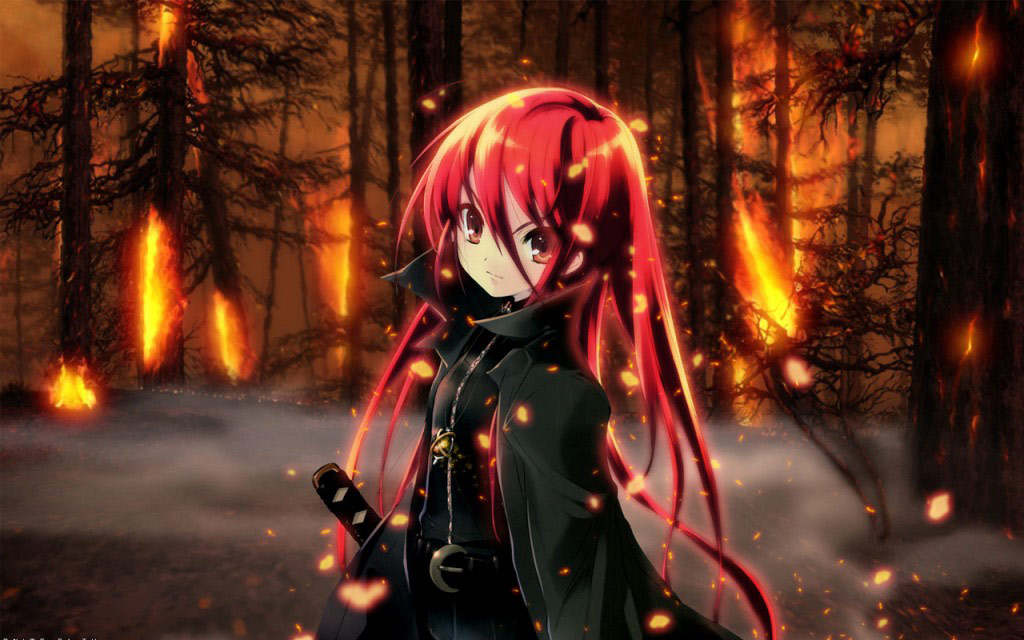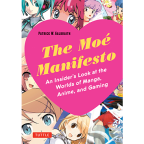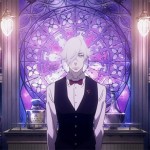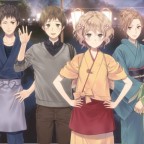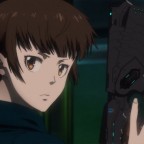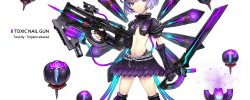Are Old Anime The New Hype?
In the last three years we’ve seen a growing number of old anime series making a comeback. Some resurfaced as regular editions, others as collections at a budget price and some in remastered versions. This trend is definitely going strong and almost all the U.S. anime distributors are riding the wave. But are all distributors taking the same approach? And more importantly, can these old “classic” series successfully compete for our money when facing against modern HD series with all their bells and whistles?
Budget me down or premium me up
It all began in July 2008 when FUNimation announced they have acquired distribution rights to several previous Geneon titles. Up until that point anime classics were those series from the 80s and 90s that everybody heard about but only those who happened the be kids in the 80s or were animation aficionados at the time actually saw (You all know of Captain Harlock or The Rose of Versailles, but have you ever bothered to watch them?). However after the anime bubble burst in 2005 all hell broke loose: companies went out of business, outlets were closed and series went OOP. A few years later the simple fact that series like Shakugan no Shana or Last Exile were OPP for so long made them “allusive classics” despite their obvious young age. FUNimation’s acquisition of several OOP Geneon titles made it possible for these old titles to grace new shelves again. A lot of time has passed since 2008 and those coveted series are finally here. One of these titles – Serial Experiments Lain – is set to receive a premium package with remastered visuals and audio, and exclusive art books as a deal sweetener. But this title is the exception. Most of the other old titles in FUNimation’s arsenal (Armitage III, Ao Yori Aoshi, Haibane Renmei, etc) are being rereleases using the same old Geneon masters with a new cover and slipcase. This seems to be FUNimation’s main way of revitalizing those early 2000s titles. Some of those titles were also lucky enough to rec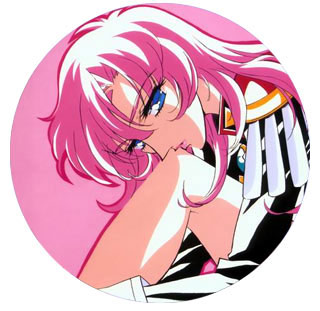 eive Blu-ray editions. However in most cases these are upscales with no big benefits over the DVDs (except for the obvious Blu-ray advantages such as bigger disc size that enables little to no compression and better video and audio codec support).
eive Blu-ray editions. However in most cases these are upscales with no big benefits over the DVDs (except for the obvious Blu-ray advantages such as bigger disc size that enables little to no compression and better video and audio codec support).
FUNimation is not alone. Sentai Filmworks and Media Blasters have also started to release their own older series in new packages. One cannot ignore Sentai’s upcoming Ninja Scroll Blu-ray and Media Blaster’s Kite Blu-ray, both of which are remastered versions. But just like FUNimation most of Sentai and Media Blasters’ rereleases these days are bare bone budget releases of old series in new packages. And then there are companies like Rhino and Discotek which have based their entire business model around grabbing old neglected anime series and releasing them in cheap budget boxes. Rhino and Discotek arguably target low profile series that cost very little to license, and thus can return the investment in them by relatively much smaller sales.
Meanwhile Nozomi Entertainment has been treading a different road. It’s easy to look at Nozomi’s past and see some lackluster old releases (Dirty Pair, I’m looking at you) and some not-so-needed repackaged products (Rental Magica). The first real contender for a high profile classic release from Nozomi was, without a doubt, Revolutionary Girl Utena. Nozomi didn’t just slap the old Utena series on new DVDs or changed an old cover art to make it look new. They worked in-house to remaster Utena and greatly enhanced its look and sound. Add to that some of Nozomi’s regular release bonuses (art books, box art, and a ring for those who preordered) and you have a very attractive classic rerelease. The same treatment will probably be implemented in Nozomi’s future releases – Martian Successor Nadesico and The Rose of Versailles.
Inherent uniqueness
But can these older series successfully compete with newer series for our well-earned money? This is where things get tricky. The simple answer is no – an old series cannot compete with a new series because the new series is being broadcasted now and is being talked about now. People who’ve watched a few episodes of Last Exile: Fam, the Silver Wing will likely be interested in the original 2003 Last Exile. But if you show them a few episodes side by side and then ask which they would buy first I have little doubt they would go for the newer, shinier, series. That’s just the natural evolution of media consumerism – the newer and more attractive, the better.
However, the long and complicated answer to this question is different. People will prefer an older series if it greatly excels in its production values over newer series. Shakugan no Shana is a series that looks exceptionally good and has a good plot for a series of its caliber. It can easily beat newer series in the action genre, because it excels in it. The same can be said for series like the Black Lagoon, Ai Yori Aoshi and Serial Experiments Lain. It’s not that they look or sound better than newer series out there. The sum of all their parts and their inherent uniqueness is what makes them appealing enough to allow them to win over the crowds. Of course there have been exceptions to this observation. Hunter x Hunter is arguably one of the masterpieces or Shounen anime who stands proudly alongside giants such as Dragon Ball Z. But when Viz released the series in the U.S. in 2008 it bombed. In fact the sale figures of the 4 Hunter x Hunter box sets were so bad that Viz decided to not release the post-series OVAs, effectively jumping ship halfway.
It should be noted that some old series are being pushed harder than others. Nozomi released Revolutionary Girl Utena as a premium product. It they were to go with a bare bone budget release instead Utena would have arguably attracted much less attention from casual anime buyers. Because let’s face it – series like Utena are not as flashy and instantly gratifying as some of the newer series out there. The same holds true for Serial Experiments Lain. Sure, some people might not buy Lain regardless of how FUNimation markets it. But most consumers who were on the fence before will definitely be buy it now that they know it received such a major facelift and has those juicy bonus materials.
Polished Potential
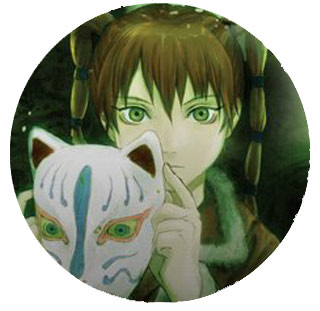 So success rates come down to two criteria: the series’ own potential and the amount of polish the distributor is willing to pour into the rerelease. The more prominent older series can definitely win us over on a weaker anime season. I think Ai Yori Aoshi and The Black Lagoon are no brainers. They are so unique and are priced so attractively you’ll be hard-pressed not to buy them in this day and age (that is, unless you already own them). Furthermore I have no doubt that a lot of people will be interested in Nozomi’s Martian Successor Nadesico. It has a good story, is being remastered to look better than before and will be released as a premium product.
So success rates come down to two criteria: the series’ own potential and the amount of polish the distributor is willing to pour into the rerelease. The more prominent older series can definitely win us over on a weaker anime season. I think Ai Yori Aoshi and The Black Lagoon are no brainers. They are so unique and are priced so attractively you’ll be hard-pressed not to buy them in this day and age (that is, unless you already own them). Furthermore I have no doubt that a lot of people will be interested in Nozomi’s Martian Successor Nadesico. It has a good story, is being remastered to look better than before and will be released as a premium product.
On the other end of the spectrum these reasons also propels me to believe that series like Captain Harlock, Texhnolyze and Jubei-chan The Ninja Girl will not sell well. These are not good looking series, the two later are not well-known and their distributors (Discotek, FUNimation and Media Blasters respectively) will not bother to promote them with better extras or premium packaging. Some series walk a finer line. The upcoming Magical Shopping Arcade Abenobashi DVD collection probably won’t stand in the forefront of the anime sale charts but might sale enough copies to make a marginal profit. These are good times for anime fans, who have the opportunity to own both old and new series at attractive price points. But the anime market still remains a highly competitive arena operating amidst a global economic crisis. Both new and old series will have to muscle their way into your wallet and those not established enough or not flashy enough might just find themselves left out.

